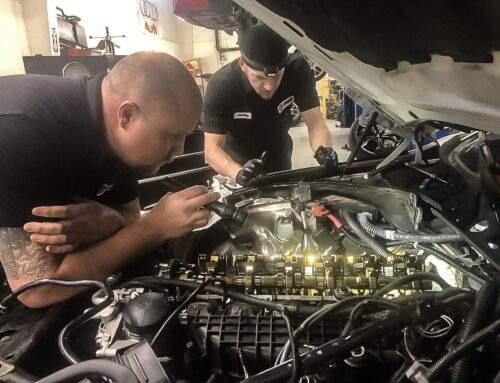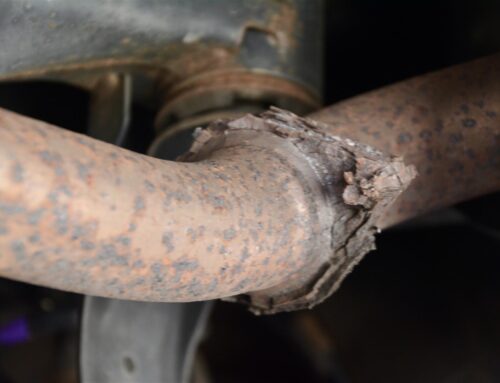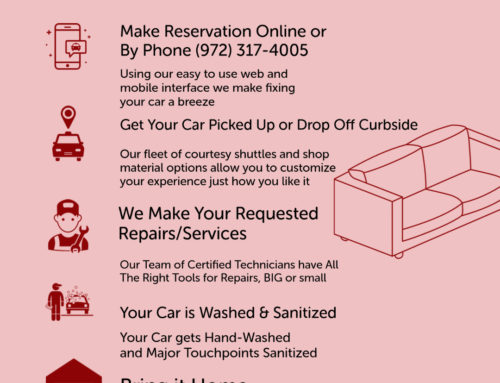When having work done on their car at an auto repair shop, most people are already familiar with the way the charges for that work are broken down when it comes time to settle the bill. The industry standard model includes a charge for labor (the amount of time spent performing each repair or maintenance item multiplied by the shop’s hourly labor rate) and a charge for the cost of the parts, fluids, and other items used to complete the job. This is true for all straightforward repairs and maintenance. But what about the jobs where the causes of the problem and its discernible symptoms aren’t clear? When customers bring in their vehicle with these more complicated issues whose root causes aren’t obvious, we always prepare them right from the start about the need for “diagnostic time” because this is the charge that is most often misunderstood, partly because it can vary greatly depending on the problem. It is also why it’s so important to take your vehicle to an expert, and here’s why: “diag charges” are for the amount of time that was required by the technician to figure out the root cause of the problem and what repairs needed to be performed to correct it, multiplied by the same hourly rate as with the labor charge.
While it’s true that specialist shops and expert mechanics often have higher labor rates than most others, their familiarity and working knowledge of your car almost always means that it will take less time to diagnose an issue, while ensuring that it will be diagnosed (and fixed) correctly the first time. So while it might seem like you’re saving money by taking your car to the run-of-the-mill lube and tune down the street with the lower labor rate, in actuality it can end up costing much, much more than it would to have taken it to a specialist whose labor rate is more expensive.
Case in point:
In this example, we can show just what you’re paying for when diag time is required, and the kind of work that is sometimes involved in diagnosing your car. This 2010 Volkswagen GTI was having a problem with low oil pressure while idling, turning on the oil pressure dash light. There are innumerable possible causes of this so we handed it over to our resident “Volkswagen Whisperer,” John Parsons, to let him do what he does best. The first thing to do (beyond making sure there was enough engine oil in the system) was to check the oil pressure mechanically using a pressure gauge to rule out the possibility of an electrical malfunction with the oil pressure sensors. Having done that, he could determine that there was, in fact, a true oil pressure problem occurring. Next, he removed the engine oil pan to disassemble and inspect the oil pump itself for signs that it might not be working properly. The pump proved to be in perfect condition, had no “sludge” or build-up that might have prevented it from performing optimally, and could not be the root of the problem. From there it was time to remove the engine from the car entirely and begin checking other components, beginning with the main bearings (pictured below).



After inspecting the bearings and finding them to be in excellent condition he moved down the list of engine components related to the oiling circuit, in order of the most likely candidates first. Eventually his search led him to a part called the “cam bearing bridge” (pictured below), where a close inspection revealed that a tiny, wire-mesh screen in one of the oil passages was damaged and mostly missing.

By “tiny,” we mean it’s about the size of an eraser on the end of a pencil. The dense mesh of the screen acts to slightly restrict oil flow, raising the pressure of the oil flowing through that portion of the oil circuit.

The absence of that small screen was all it took to cause all of the car’s symptoms, and it’s easily something that might have been overlooked (or not inspected at all) if the vehicle had been taken to a shop that didn’t have the experience, expertise, or equipment of a European auto repair specialist. When it comes to auto repair, you truly get what you pay for and, oftentimes, “cheap labor” can get very expensive.







